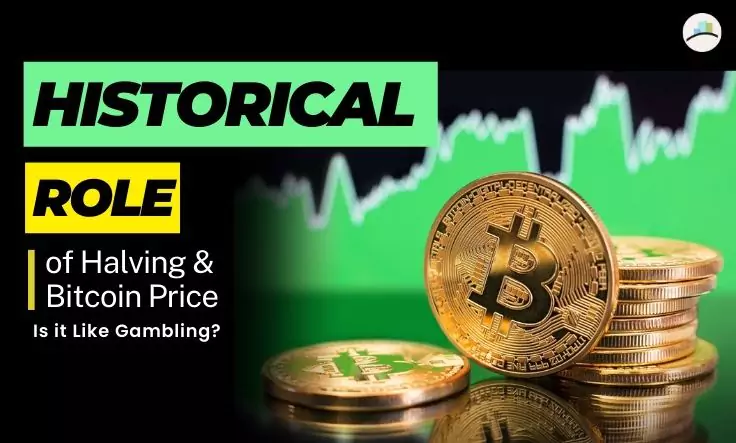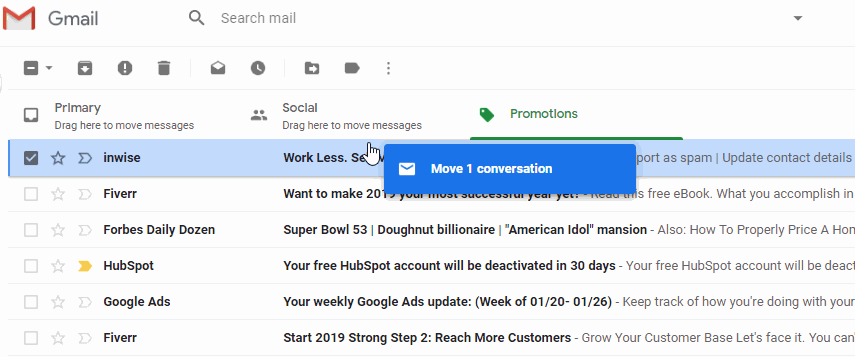Understanding Bitcoin Halving Events
What Exactly is a Halving Event?
In the world of digital money like Bitcoin, there's this special event called a halving. It happens about every four years, and people are excited about the next one coming up around April 17, 2024.
So, what's the big deal? Well, during a halving, something important changed for people who mine Bitcoin. You know, those folks who use powerful computers to help process Bitcoin transactions?
Right now, when they successfully process a bunch of transactions (which is called mining a block), they get a reward in Bitcoin. Currently, that reward is 6.25 Bitcoin. But during a halving event, that reward gets cut in half, down to 3.125 Bitcoin.
This happens to keep the total number of Bitcoins in check and make sure they're not created too quickly. And this new reward amount sticks around for about four years until the next halving event.
So, it's a big deal that affects how much Bitcoin miners get for their hard work, and it happens every few years like clockwork.
The Purpose Behind Halving Events
Halving events, sometimes called block rewards halving, are a built-in part of how Bitcoin works. They happen every 210,000 blocks, which is roughly every four years. During these events, the rewards that miners get for mining Bitcoin blocks are cut in half.
But why does this happen? Well, it's all about keeping Bitcoin scarce and predictable. You see, with regular money, like dollars or euros, central banks can decide to print more money whenever they want, which can lead to inflation, where the value of money decreases over time.
But with Bitcoin, halving events makes sure that new Bitcoins are released at a steady rate, which helps control inflation and keeps the supply of Bitcoins more consistent.
This predictability is one of the things that makes Bitcoin different from traditional money systems.
So, halving events is kind of like a way to make sure that Bitcoin stays valuable and keeps its unique properties over time.
Historical Context of Bitcoin Halving
- The First Halving (2012):
- This was the very first time Bitcoin experienced a halving event, happening in 2012.
- Before the halving, miners received 50 Bitcoins for each block they successfully mined.
- After the halving, this reward was cut in half to 25 Bitcoins per block.
- The price of Bitcoin surged dramatically after this event, going from around $10-15 to nearly $1000 in just a few months.
- The Second Halving (2016):
- Four years later, in 2016, Bitcoin went through its second halving event.
- Before this event, miners were rewarded with 25 Bitcoins for each block they mined.
- Following the halving, this reward dropped to 12.5 Bitcoins per block.
- The price of Bitcoin skyrocketed after this halving, reaching almost $20,000 at its peak.
- The Third Halving (2020):
- The most recent halving event occurred in 2020, marking the third instance in Bitcoin's history.
- Before the halving, miners received 12.5 Bitcoins for mining each block.
- After the halving, this reward was halved again to 6.25 Bitcoins per block.
- Following this event, Bitcoin experienced a remarkable rally, with its price surging to nearly $65,000.
These halving events demonstrate a pattern where the reduction in block rewards tends to coincide with significant increases in the price of Bitcoin, highlighting the impact of supply dynamics on its value.
Implications of Halving on Bitcoin Price Dynamics
Speculative Anticipation
As we approach the anticipated Halving event in 2024 and witness significant changes like the introduction of Bitcoin ETFs and more big companies getting involved, many people are excitedly guessing about what might happen to Bitcoin's price.
Some folks think it might shoot up high! But, it's super important to understand that these guesses are just that - guesses! Nobody knows for sure what's going to happen. We'll just have to wait and see what goes down.
So, while it's fun to think about and talk about these possibilities, it's also important to remember that they're not set in stone. Let's stay curious and keep an eye out for what happens next!
Halving and Casino Dynamics
When halving events occur in the world of cryptocurrency, something interesting happens in online casinos too. It's like a wave of excitement that sweeps through these virtual gambling platforms.
Why? Well, it's because more people get interested in Bitcoin and other cryptocurrencies around these times. And when people are curious about cryptocurrencies, they might also want to try their luck at online casinos.
But here's the thing: before jumping into online gambling, it's important to be careful and make sure everything is legal. Always check if online gambling is allowed in your area and follow the rules to stay safe and have fun responsibly.
So, during halving events, while the cryptocurrency world buzzes with activity, remember to gamble smartly and legally if you choose to play at online casinos.
Evaluating Risks and Rewards
Complexity of Bitcoin Halving
Understanding the complexity surrounding Bitcoin's halving events requires a deep dive into the intricacies of its underlying architecture. While it's tempting to attribute past price surges solely to these halving events, such a narrative oversimplifies the reality.
Bitcoin halving is a multifaceted phenomenon, with implications that extend far beyond just immediate price fluctuations. It impacts various aspects of the Bitcoin ecosystem, including miner incentives, network security, and investor sentiment.
Moreover, the effects of halving events often unfold gradually over time, rather than in a sudden, predictable manner. Factors such as market demand, regulatory developments, and technological advancements also play significant roles in shaping Bitcoin's price dynamics.
Therefore, while halving events are undoubtedly important milestones in Bitcoin's journey, their influence must be considered within the broader context of the cryptocurrency landscape.
Impact on Market Dynamics
Bitcoin's halving events are like seismic shifts in the cryptocurrency world, completely transforming how the market operates. When these halvings occur, the supply of new bitcoins entering circulation is slashed in half, creating a scarcity that sends ripples throughout the market.
This scarcity drives up demand, as investors scramble to get their hands on this limited asset. However, it also makes mining, the process of creating new bitcoins, much more difficult and competitive.
Miners, who are essentially the backbone of the Bitcoin network, now face tougher challenges and increased competition to validate transactions and earn rewards.
This heightened competition among miners can lead to fluctuations in the market, influencing the sentiment of investors and ultimately impacting the trajectory of Bitcoin's price.
So, in essence, these halving events aren't just moments of adjustment; they're seismic events that reshape the very fabric of the cryptocurrency market.
FAQs
1. What is Bitcoin halving, and why is it significant?
Bitcoin halving refers to the process of reducing block rewards for miners by half approximately every four years. It's significant because it introduces scarcity into the Bitcoin ecosystem, impacting its supply dynamics and potentially influencing price movements.
2. How do Bitcoin halving events affect the cryptocurrency market?
Bitcoin halving events have historically triggered bullish market cycles due to the reduced supply of new bitcoins. This scarcity factor often leads to speculative anticipation and price rallies in the lead-up to halving events.
3. Are Bitcoin halving events predictable?
Yes, Bitcoin halving events are predictable, occurring approximately every four years or after every 210,000 blocks mined. This predictability is built into the Bitcoin protocol to ensure consistency and manage inflation.
4. What are the risks associated with Bitcoin halving?
While Bitcoin halving events can lead to price surges, they also introduce volatility and uncertainty into the market. Additionally, increased competition among miners post-halving can impact mining profitability and network stability.
5. How should investors approach Bitcoin halving events?
Investors should exercise caution and conduct thorough research before making investment decisions around Bitcoin halving events. It's essential to consider both cryptocurrency investments' potential rewards and risks.
Conclusion
Bitcoin halving events mark crucial milestones in the cryptocurrency realm, triggering notable price swings and capturing the attention of investors worldwide. These events, occurring approximately every four years, have historically led to substantial price surges, although predictions should be approached with prudence. Furthermore, the convergence of Bitcoin halving events and online gambling highlights the importance of responsible participation in the evolving cryptocurrency sector.
As excitement surrounding halvings grows, individuals must navigate this dynamic landscape with caution and mindfulness to mitigate potential risks.











 1,499
1,499
